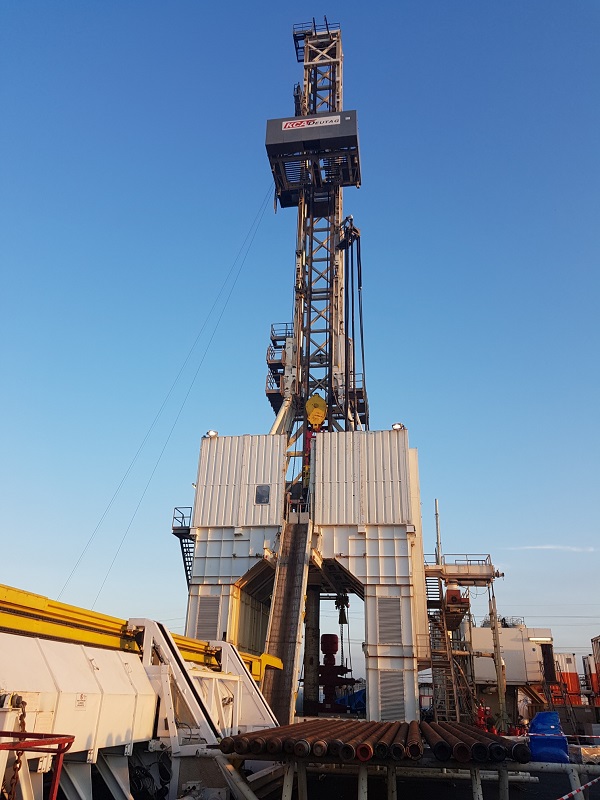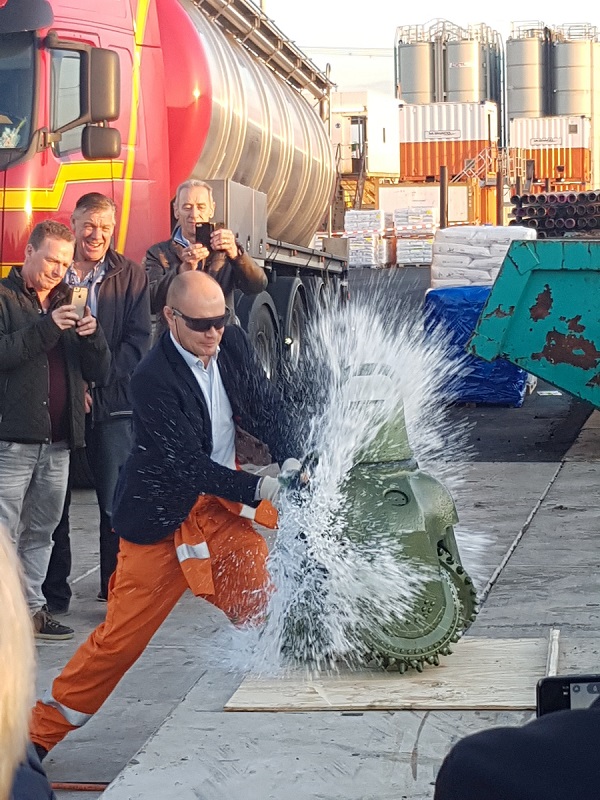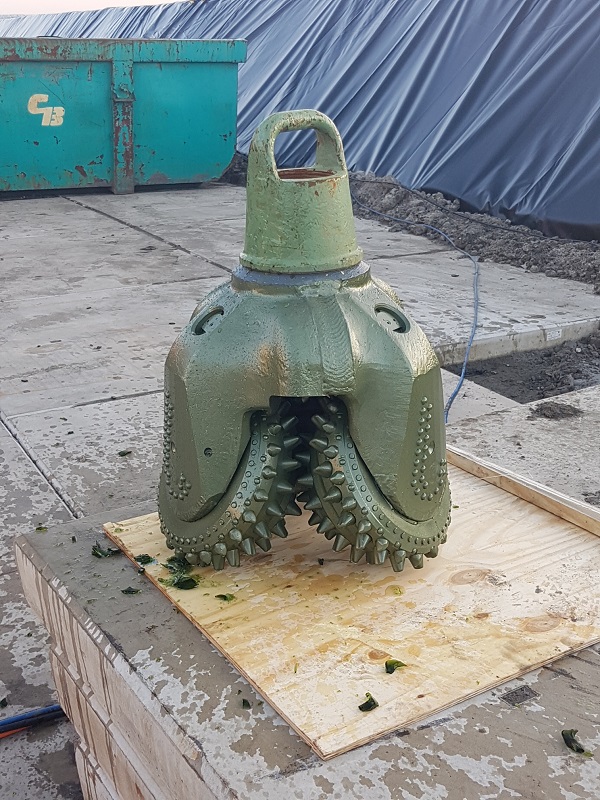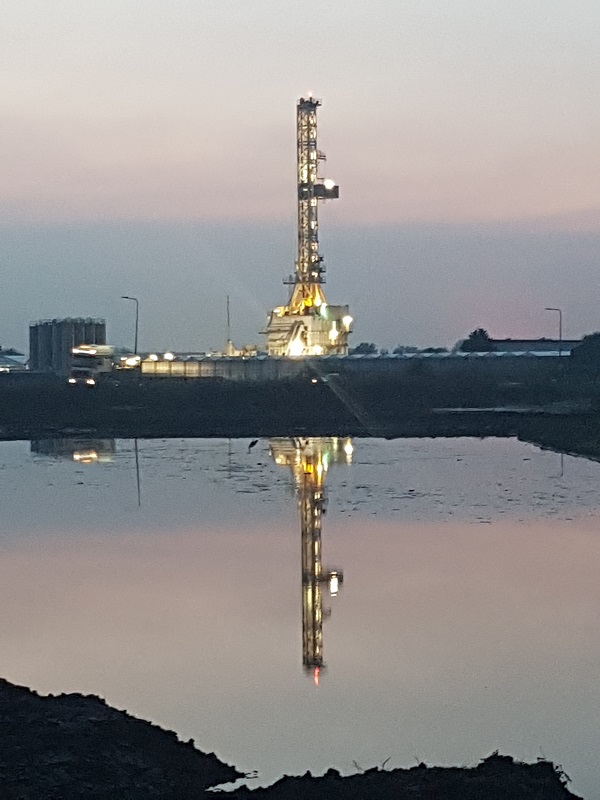Drilling into 200-million-year-old rocks
Drilling 4’000 meters into the earth, encountering water at temperatures of 130 degrees, and exploiting the feasibility of the reservoir for geothermal heat extraction describes in brief the plan of actions of Trias Westland for its geothermal power plant located in the south-western part of the Netherlands.
On Monday, 6 November 2017, the drilling, which is the deepest ever performed in the Netherlands, started. Based on a daily advance of 50 meters, the Buntsandstein reservoir should have been reached around Christmas. In the following, the well would have had to be tested, proofing to meet the requirements regarding flow rate (~ >150m3/h) and temperature (~120°C) enabling an efficient and sustainable exploitation of the geothermal energy. In case of success, the Trias Westland geothermal doublet would have been completed with a second well, which would have made heat extraction possible.
Unfortunately, drilling results showed that the reservoir is not suitable for extracting geothermal energy. One reason is the natural porosity of the sands being much lower than expected. Another that gas is trapped in micro-pores, which makes it impossible to run a test with a downhole pump. Consequently, the management team has decided to plug the reservoir with cement and open the lower cretaceous reservoir at 2’300 metres depth. This allows to finalise a doublet at lower temperatures and deliver heat to a part of the contracted greenhouses.







